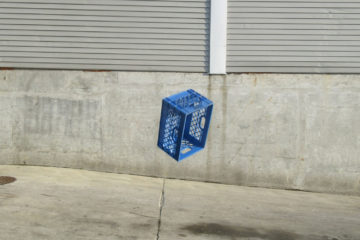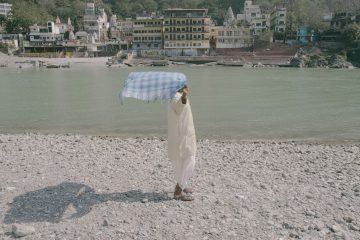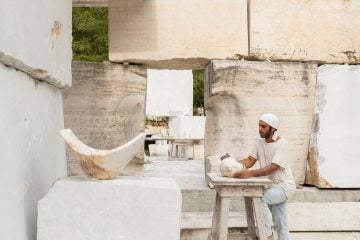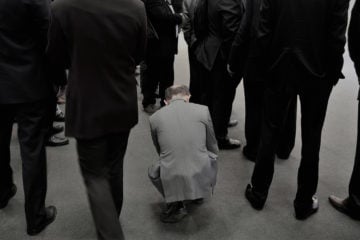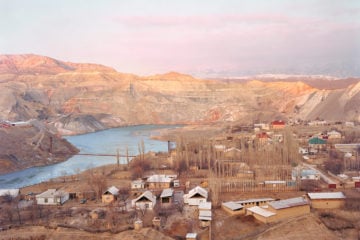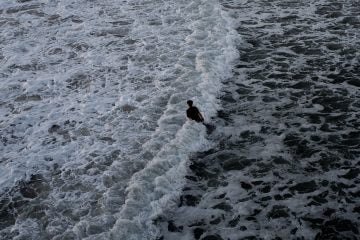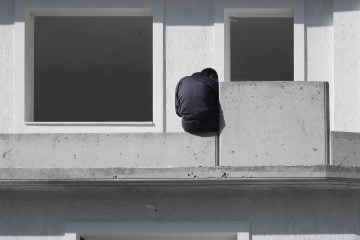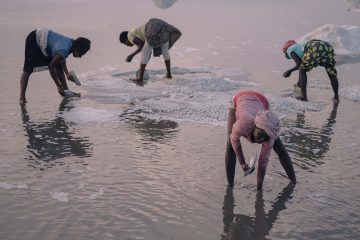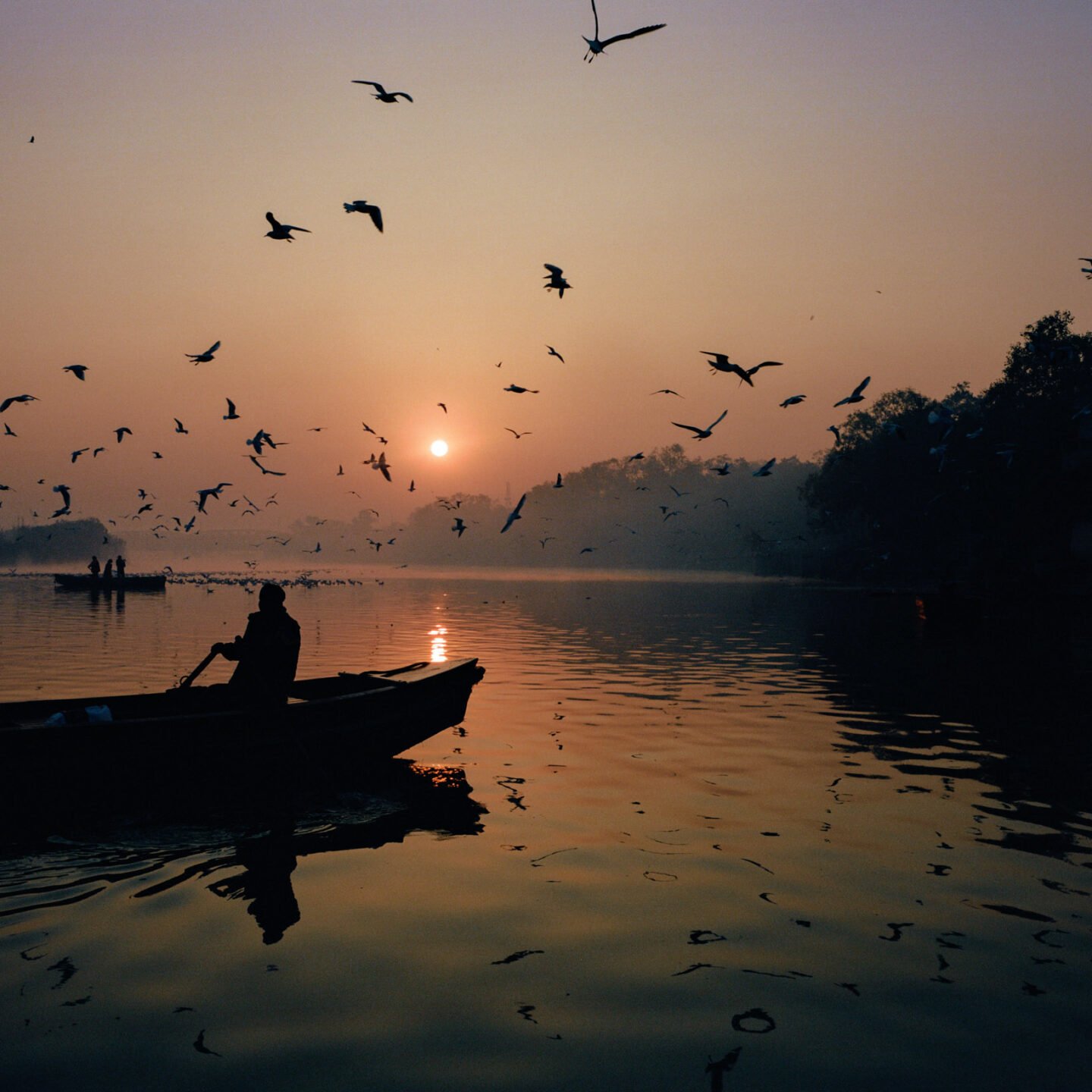
In Conversation: With Photography and Life, Joe Greer Takes the Long View
- Name
- Joe Greer
- Words
- Anna Dorothea Ker
Even over video call – from his home base of Franklin, Tennessee – Joe Greer is all in. His presence is magnetic, radiating the same qualities as his images –vibrancy, depth, unfiltered emotion. For those familiar with the self-taught photographer’s well-documented life story – from traumatic loss to the exaltations of his faith – his transparency may come as no surprise. Yet it still reads as radical. He doesn’t skip a beat when invited to reverse engineer the components of a timeless photo. But as with his muses Joel Meyerowitz and Steve McCurry, his is a formula that can’t be emulated. There’s something else going behind every release of the shutter: an elusive magic that stems from his approach to life itself.
Perhaps it’s this that makes Greer’s work singular. Whether he’s capturing candid moments at the Kentucky Derby on his Leica M6 or street life across Rajasthan on his iPhone, his photos don’t just depict their exquisitely captured subjects; they also reflect a piece of their maker. To accompany an exclusive preview of his forthcoming book on India, Greer doubles down on the big questions with Ignant, canvassing fatherhood, time, and what his travels have taught him. Though his photographs are typically viewed through the glowing rectangles of his devoted Instagram followers’ devices, each serves as a timely reminder that life in all its messy beauty happens outside of the screen, and as a timeless call to action to get busy living it.
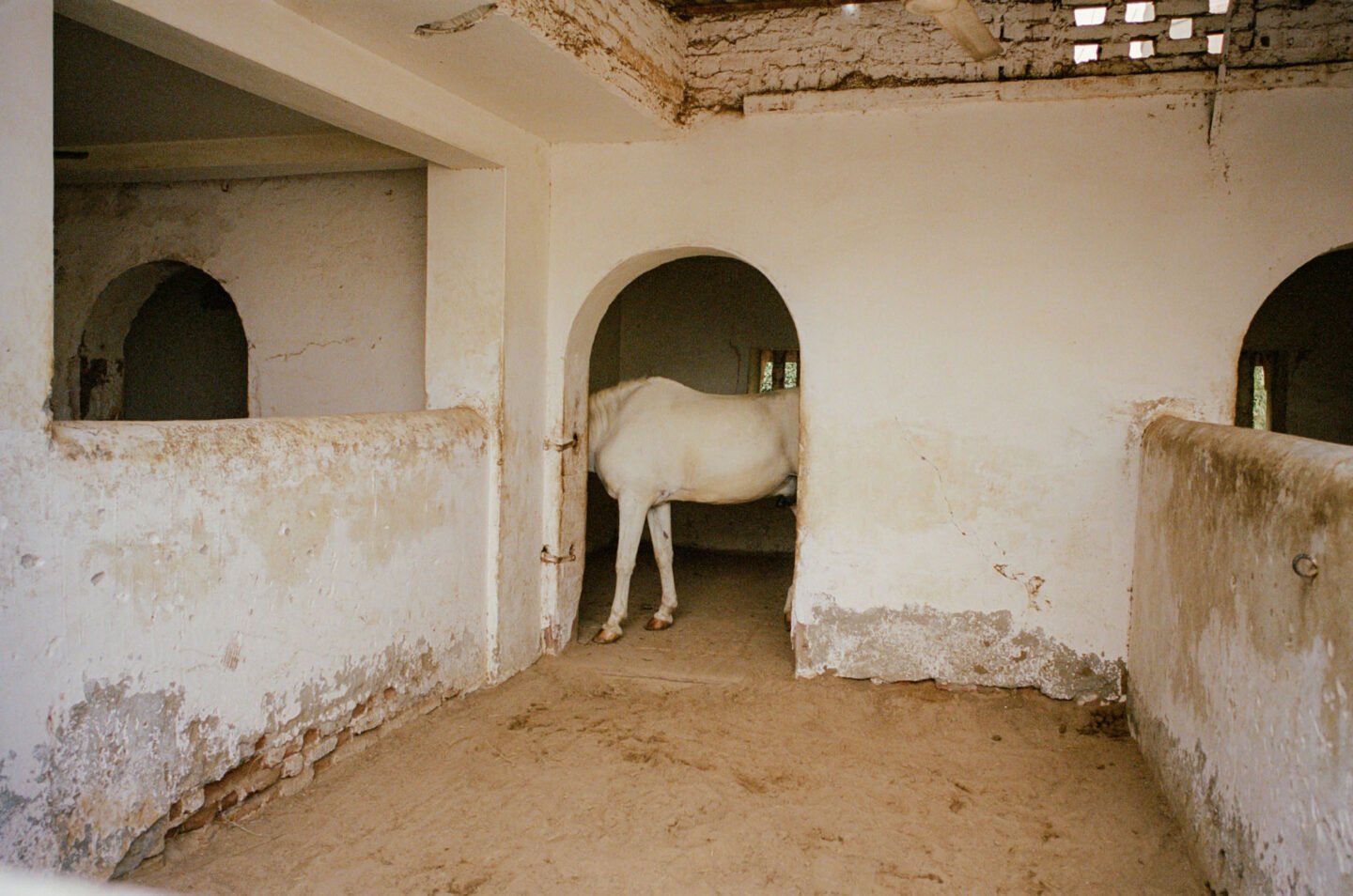
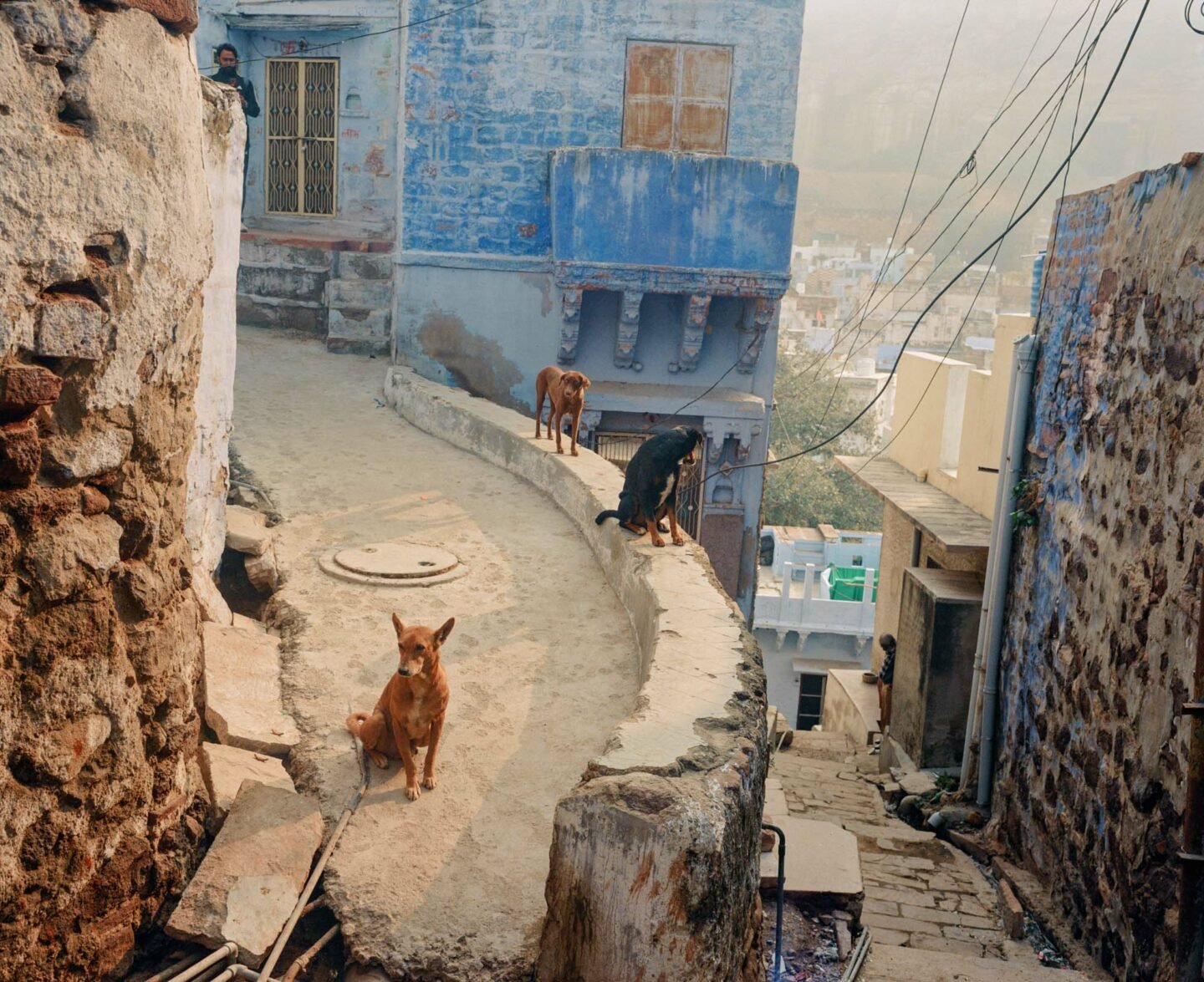
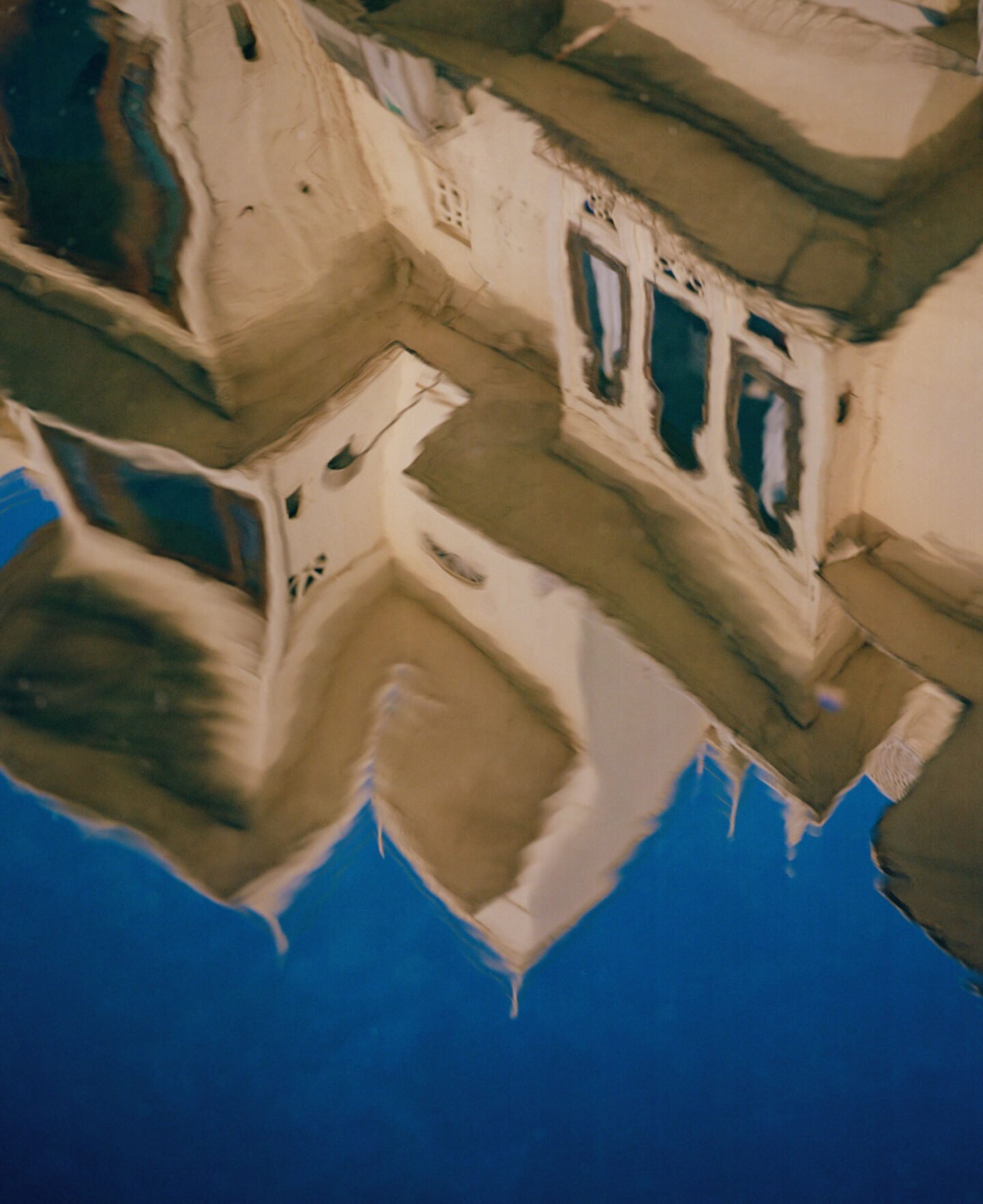
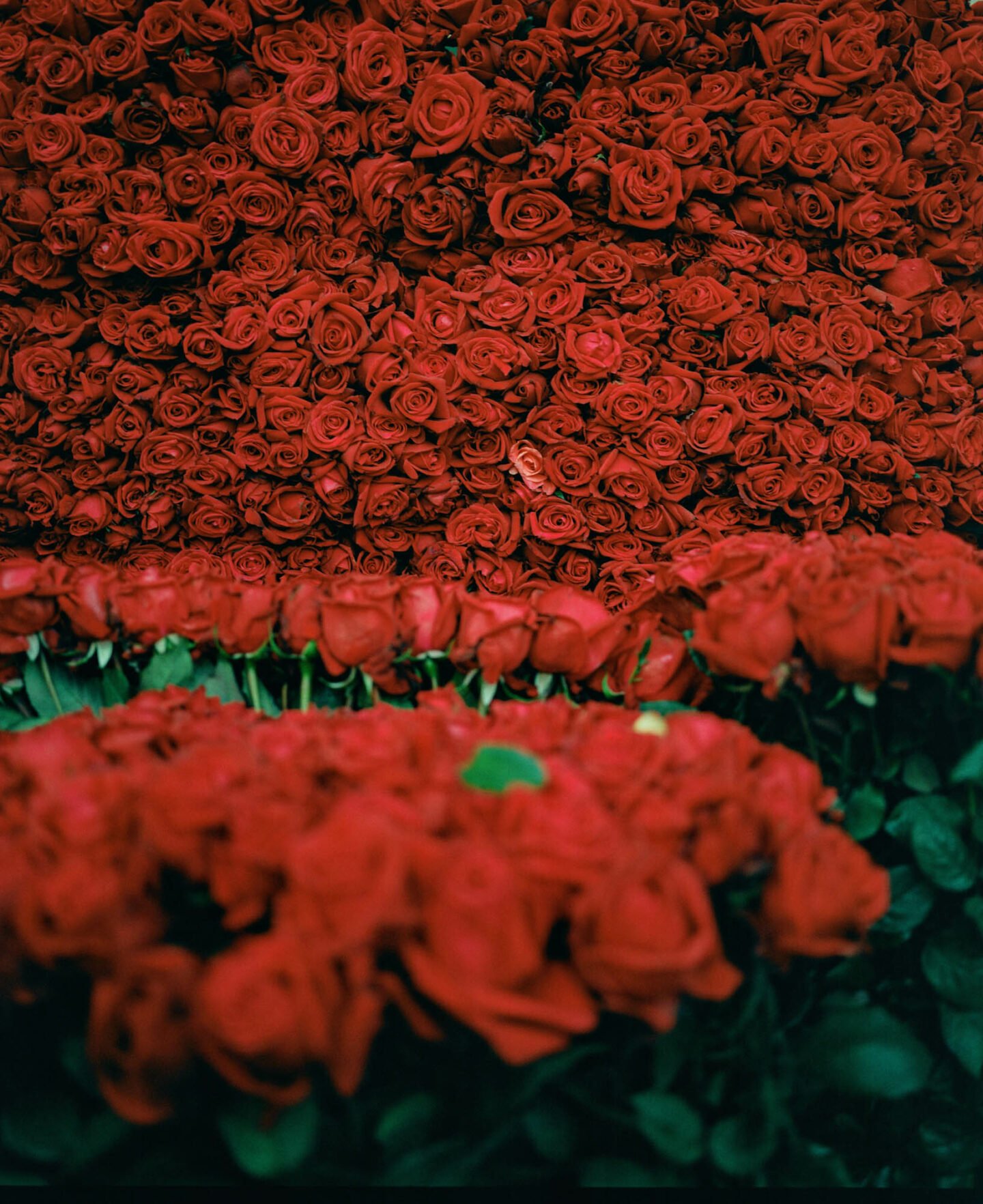
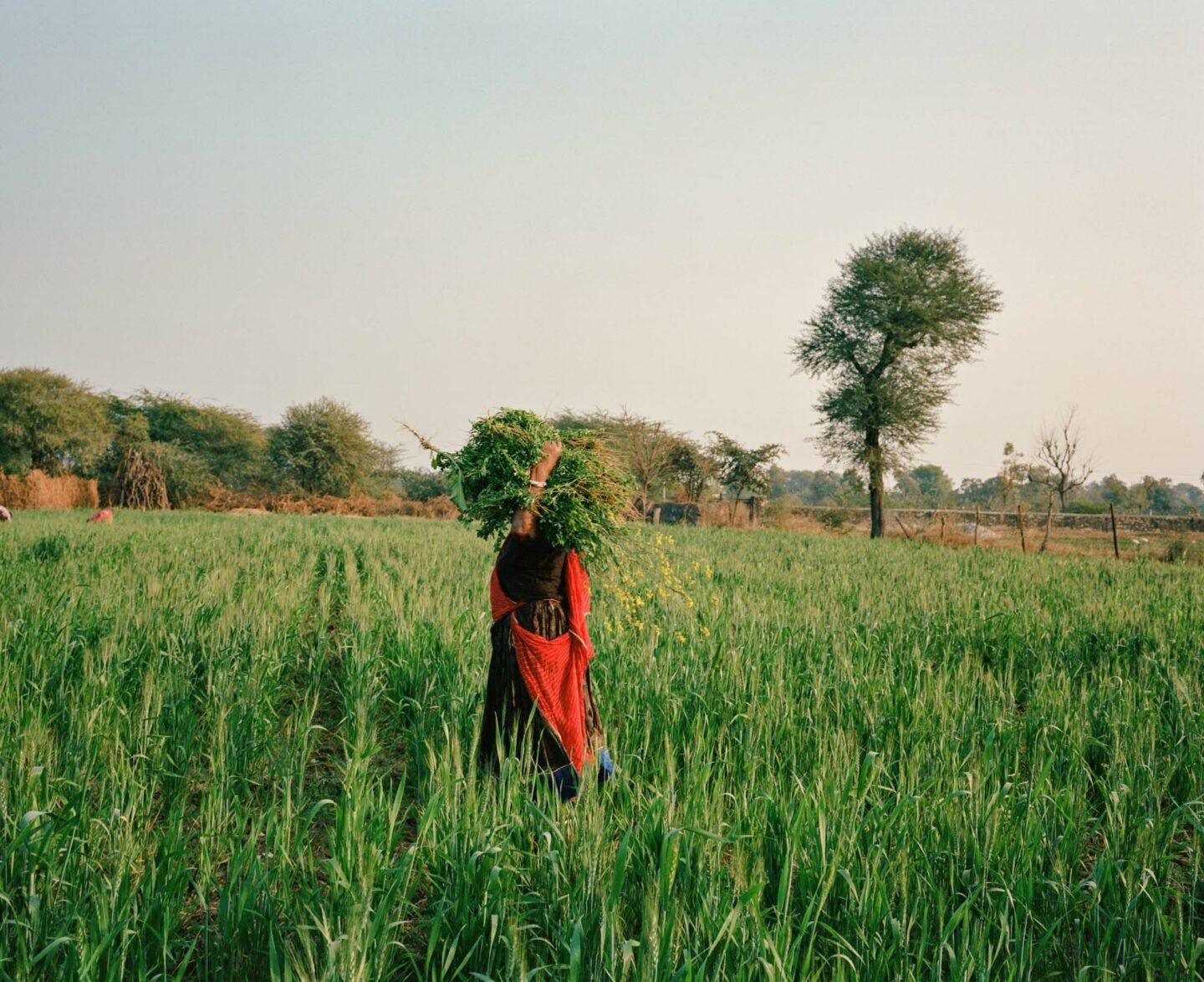
You’re newly a father – congratulations! Some might say parenthood is the ultimate perspective shift. How has this experience prompted you to see the world anew?
Yes, bags under my eyes [laughs]. No, it’s been incredible. Life changing. There are so many layers to it. I didn’t meet my father until I was an adult, about 27. He passed away 10 months later, on Father’s Day. My son, Oliver, came a few weeks before Father’s Day. So that whole holiday was a very redemptive holiday this year. There was just so much emotion and weight around that day – Father’s Day and Mother’s Day – I lost my mom at a young age, too – those two holidays have always been the hardest days for me. Oliver coming into this world, he brought loads of healing with him. Healing that I needed. And that I wasn’t expecting to happen. Almost immediately, it provided me with excitement for the future.
"I’m very aware that life is a vapor. It is a mist. It comes and it goes. Seventy to 80 years on this earth is just a tiny little mark in the grand scheme of human history."
That taps into a key throughline of your work: time. You’ve talked about photography as a way to freeze, preserve, and meditate on time. How does your practice shape your relationship to temporality?
I’m very aware that life is a vapor. It is a mist. It comes and it goes. Seventy to 80 years on this earth is just a tiny little mark in the grand scheme of human history. This small amount of time I’m on this planet, married with how I go about my business of making photographs – I’ve been photographing seriously now since 2016, and I hope to have a 50-plus-year career making photographs, as long as my eyes, my mind, my hands still work. There’s no retirement in photography. It’s not like when I turn 60, I’m just going to cash in and ride into the sunset, go collect seashells on the beach. I plan to make photographs until I go out. Looking at that sense, that’s a lot of frickin’ time left on this planet. If I make it to the end there, that’s another four or five decades.
With me, it’s the long game. How do I make a body of work that stands the test of time? That is the thing that I am constantly aware of. I wake up thinking about it, I go to bed thinking about it. How do I not fall into the traps of photographic trends, but how can I step into a path of creating honest work that will do this time period justice, because that’s what I feel like it is. I’m recording this historic moment in time, which may not feel historic now. But 10, 20, 30, 40 years from now, when we’re looking back on the late 2010s, the early 2020s, I want to have this record of what it was like to live here in the United States or during my travels. It’s not just some fun thing that I’m doing on Instagram. It is a way of life. It is a way of seeing, it as a way of love and a way of passion. I can’t even fathom doing anything else.
This beautifully parallels my running career right now: photography is a marathon. It is not a sprint. A lot of photographers treat photography as a sprint: “I gotta get that next viral thing!” And that’s fair. I think there are seasons where you can chase that impulse. There are very fleeting benefits in the short game. But you have to play the long game, making work that may not have its purpose or its time right now, but maybe that’s 10 years down the road. [It’s about] investing in the future and doing the work and hoping that it’ll pay off.
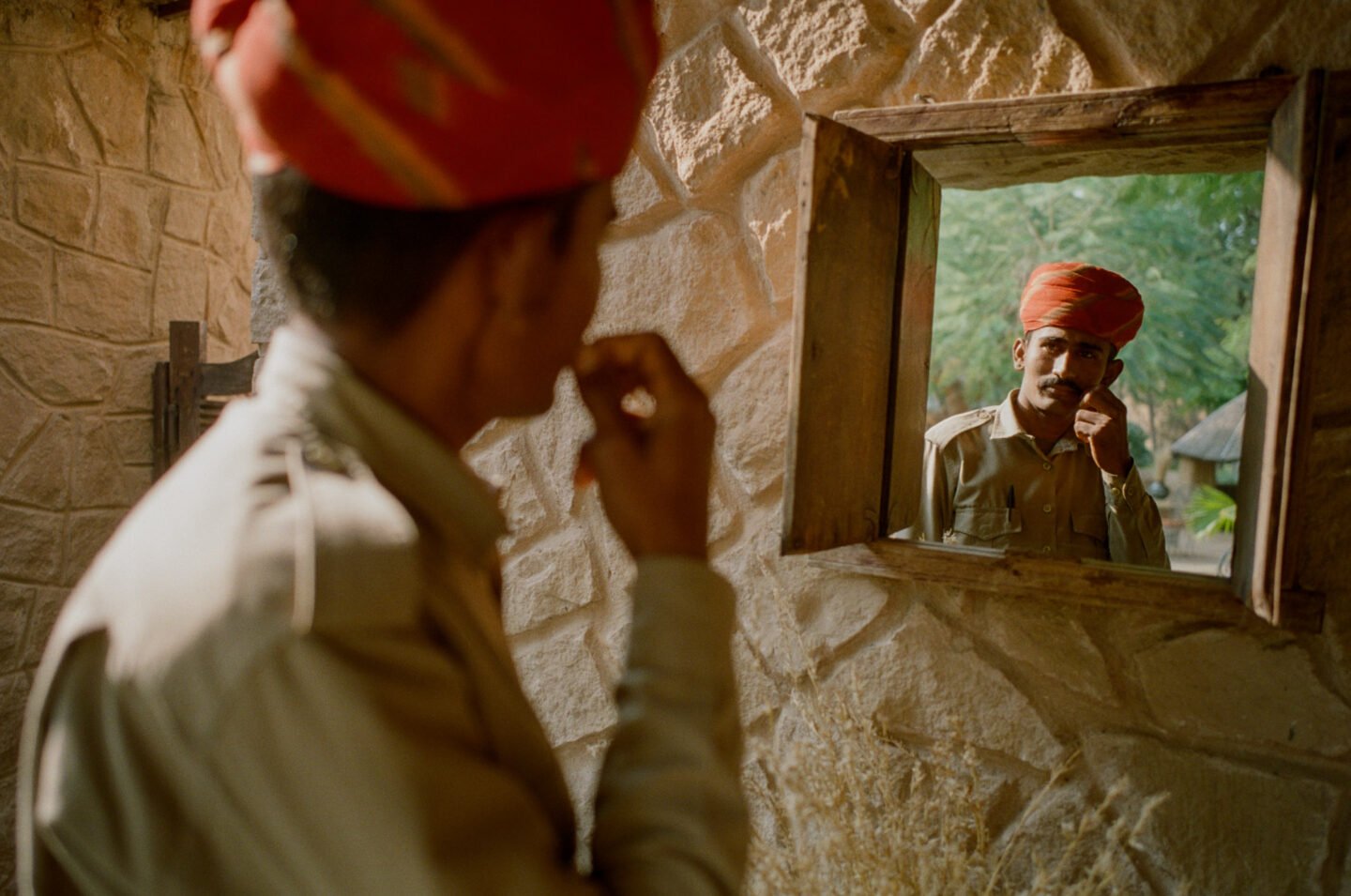
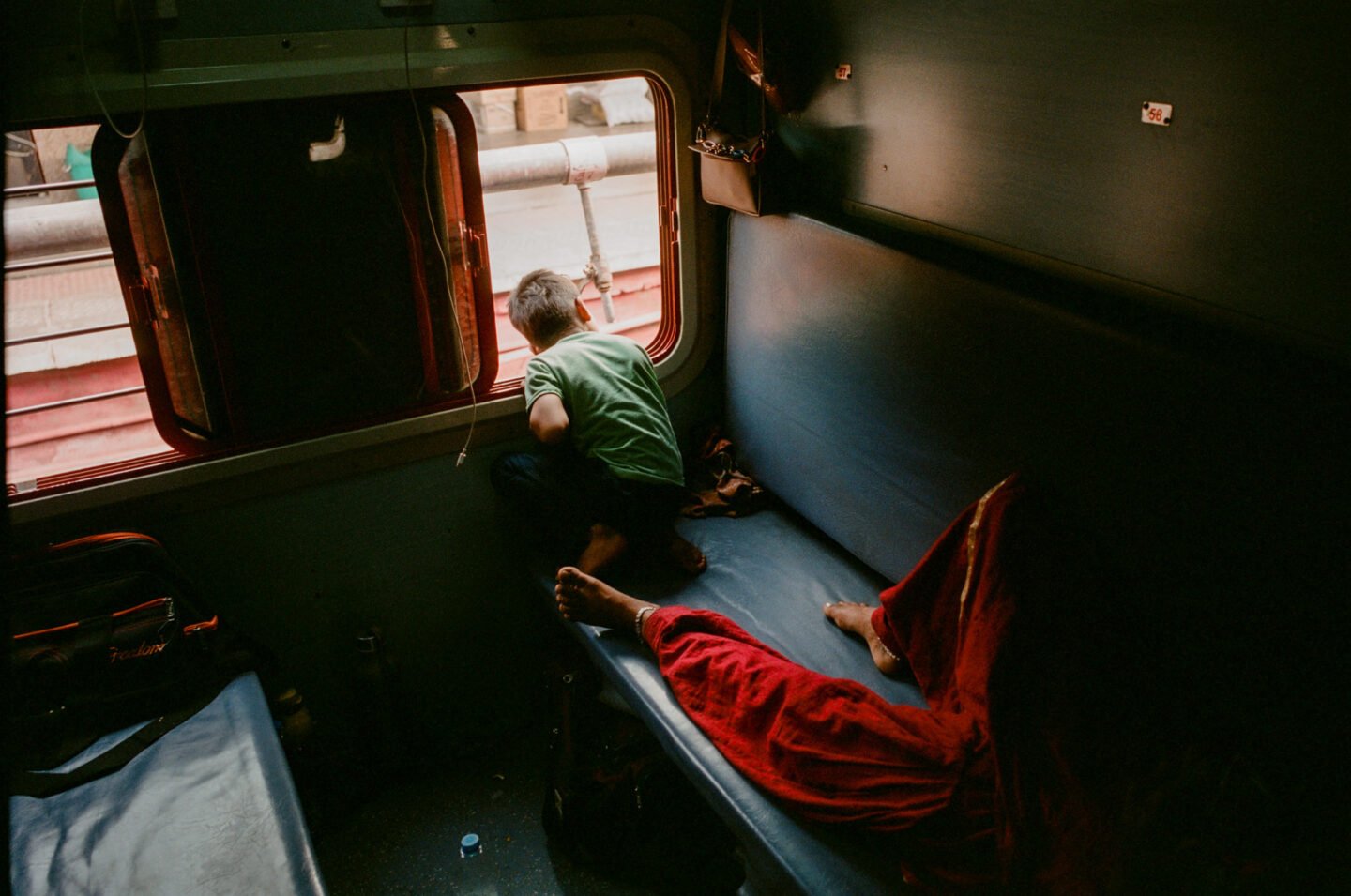
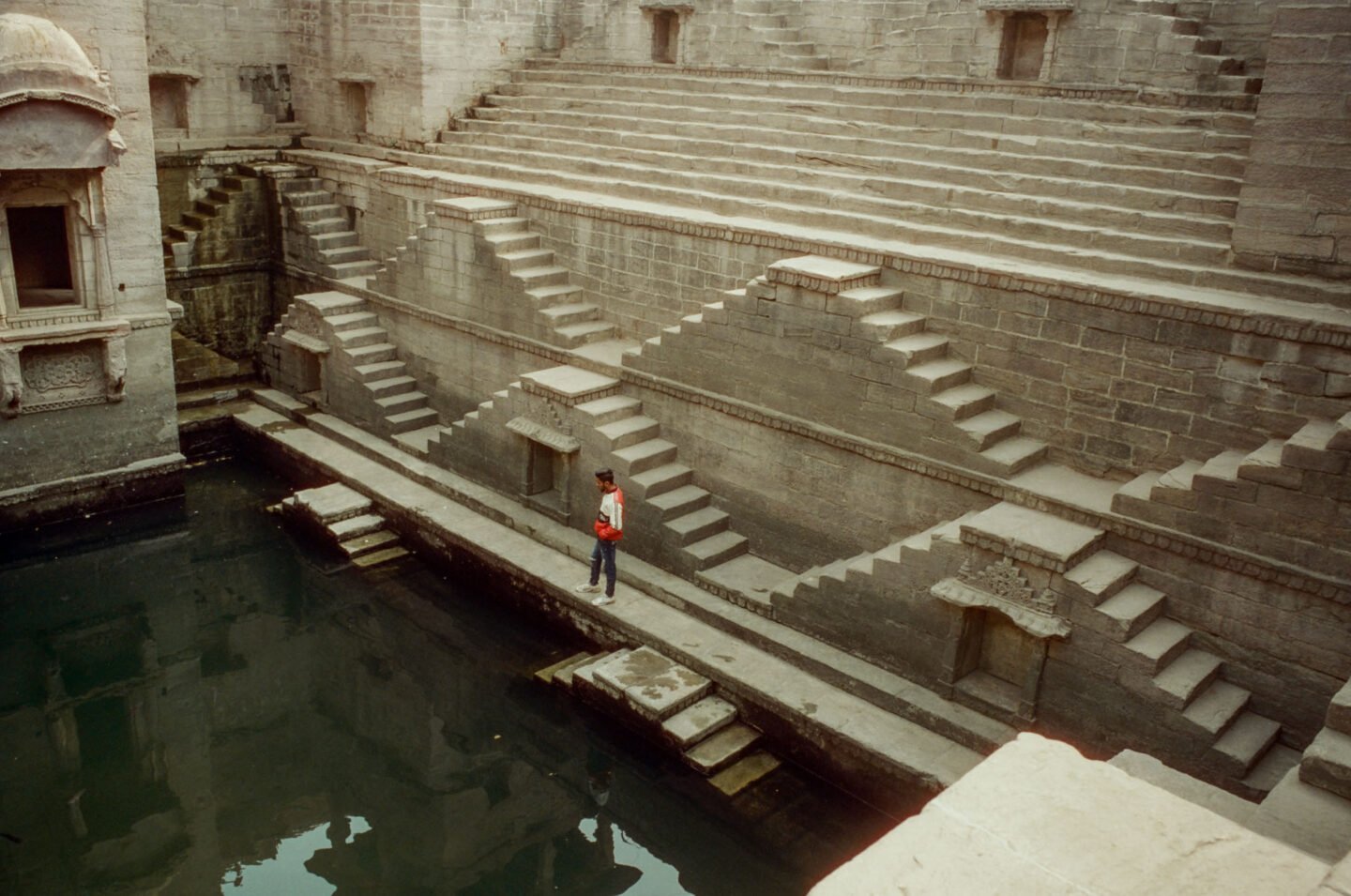
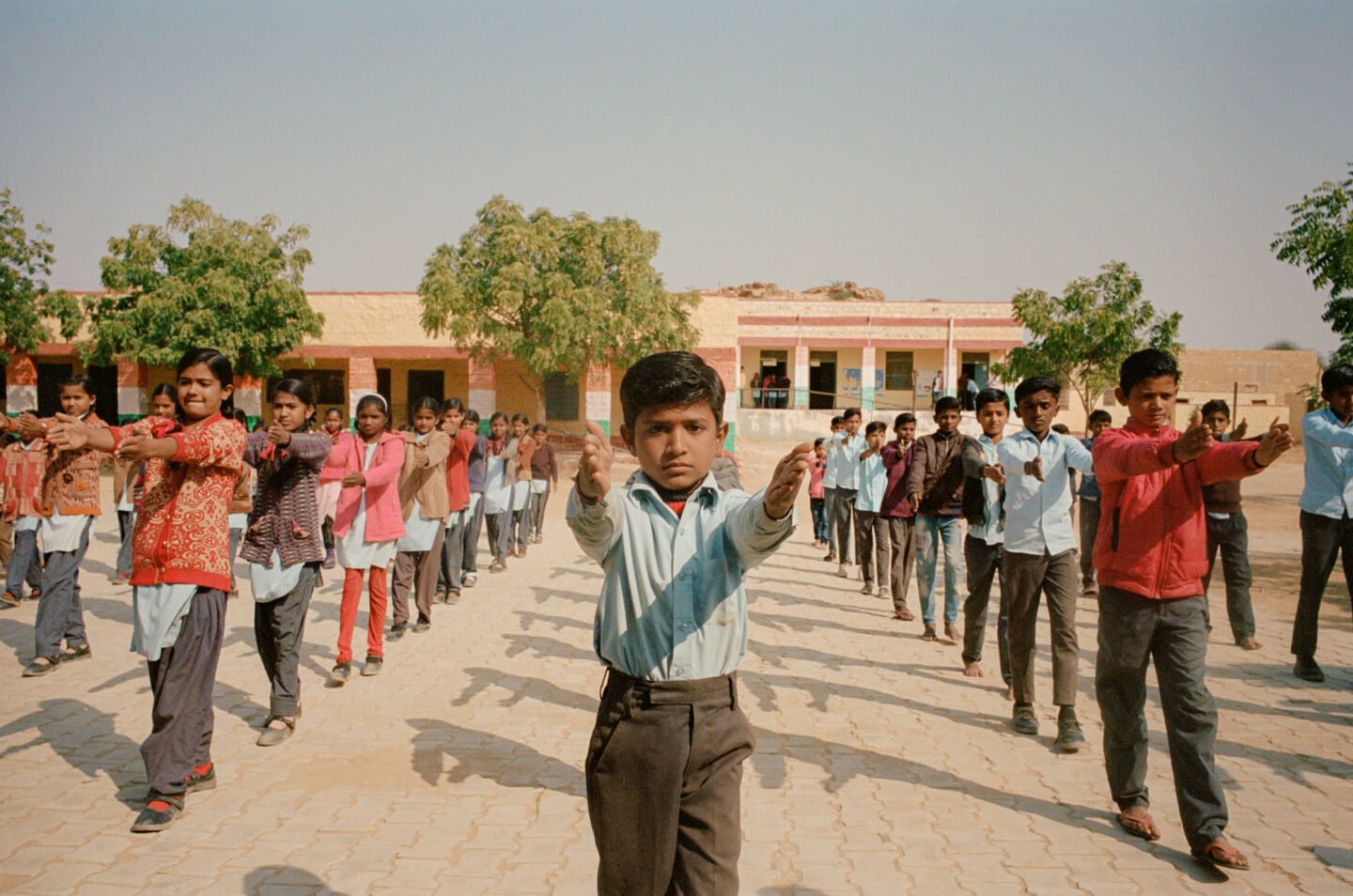
There’s an instant timelessness to your photos. The moment you see them, you have the sense that they’re destined for the history books. I think that’s a huge part of the emotional resonance they have with your audience. I’m curious to hear how you’d deconstruct the elements of a great photo. Or looking at it from another angle, what goes through your mind before you decide to release the shutter?
I think it’s a beautiful medley of a few things. It starts and finishes with an understanding of how light works. Good light is obviously what’s going to make a great photo, but also the lack of light, low light, understanding artificial light, bringing in a flash… we don’t just have to shoot at 6pm golden hour or just a sunrise. I like to shoot in harsh light, and I think film renders very beautifully in that midday sun. A lot of photographers run away from it. Understanding light across several different avenues and how to harness that is going to take you so far in this game. Recognizing when there’s not a lot of available light – how can you still evoke emotion or create a sense of movement or balance within a frame?
Then that bleeds into composition. That is one thing I’m always looking for: how to fill a frame, how to get purpose to all four corners, how to recognize when to allow a photograph room to breathe? You don’t need to always try to fit things in. Space is good, [as is] knowing where to put your subject in a frame. Those compositional elements have taken me years to understand, but now that I’ve been doing this for almost a decade, it has become very natural. I don’t think, “I’ve got to compose it this way.” It’s just like, “Oh, this feels balanced. This feels good.” In the beginning, it was very tactile and I was very robotic about it. I made a lot of bad photographs, thinking the composition was right and it was absolute garbage. A beautiful part of the process was learning how to be mobile – when to step back, when you press into a scene, what focal length you’re choosing to use.
Another thing is color. There are so many times where color bypasses light and composition and it’s the first thing I notice. I’ll see a combination of colors – of individuals, whether it’s apparel, a color around them, or a group of people in a frame who don’t belong together. And it’s just this rich, full, attractive collection of colors that I haven’t seen before in a scene. That’ll just bring me in and then I work backwards. What’s the composition here? What do I need to get closer? Am I good here, are they going to come to me, can I position my body in a way to allow them to step into a space that fills the frame? Then movement. Anytime you can create movement with a still, 2D image, it’s powerful. Whether that’s a slow shutter, an object moving quickly across your frame, whether it’s at a 30th of a second and you get some motion blur or it’s tack sharp but you can feel that momentum and it’s still photograph – that is so hard to do. There are times where I nail it and there are times where I miss it. But chasing that has been so rewarding because that’s such a powerful, emotive quality about a still photograph.
The last one for me is how to evoke a sense of emotion. And this question I’ve been answering through the lens of street [photography]: being able to evoke emotion with a group of strangers that you do not know is another thing that is very hard to do. It takes a lot of work, a lot of practice and a lot of conquering your fears of stepping into somebody’s space. [It’s about] being able to insert yourself comfortably, confidently, into a scene to make a photograph when you feel something is there – you feel the weight, you feel the passion, you feel the angst, you feel that the love, the mystery, whatever the emotion is. That’s why I love the streets so much. On any day you have no idea what kind of things you’re going to encounter.
I think those are the things that allow [a photo] to be timeless. Thirty years from now, someone who’s not born yet will be able to look at a photo that I made in the early 2020s, and they’re going to recognize these natural human conditions that we have – like movement, like emotion, like light – and it’s going to feel familiar, even though it’s three decades old.
"If the internet stopped today, the majority of us would lose our freakin’ minds, because we’re constantly plugged in, always pulling down always to see what’s next."
You speak of making, not taking photos, per Joel Meyerowitz, approaching photography as an inherently physical, tangible practice. Why is this important in an ever-more intangible world?
With this world becoming so virtual, so online – it’s wild. Especially what we’re seeing with the advancement of AI and Chat GPT, there are so many powerful tools that are finding their way into our work life into our daily life. And I think it’ll do a lot of good, but I also think it’s going to make us more disconnected with our peers, with our loved ones, with the world around us. We don’t know how to put our devices down, we don’t know how to unplug. If the internet stopped today, the majority of us would lose our freakin’ minds, because we’re constantly plugged in, always pulling down always to see what’s next.
I’m speaking to myself here – I’m not preaching at anybody, these are things I’m always thinking about: how can I unplug, how can I be more physical and more tuned in to what is happening around me? Especially now that I have a child here, how can I be more present? Film is just one avenue that allows me to be connected to the work that I’m making. Because so much of it is just: take the photo, get the photo scanned, get it processed, post it online, rinse, repeat over, over and over again. With the beauty of film, it’s so tactile. It is so tangible. I think that’s why it’s still growing with the younger generation. Especially in contrast to the AI conversation, people want to hold their photographs. They want to see it. They want to feel it. They want to touch it.
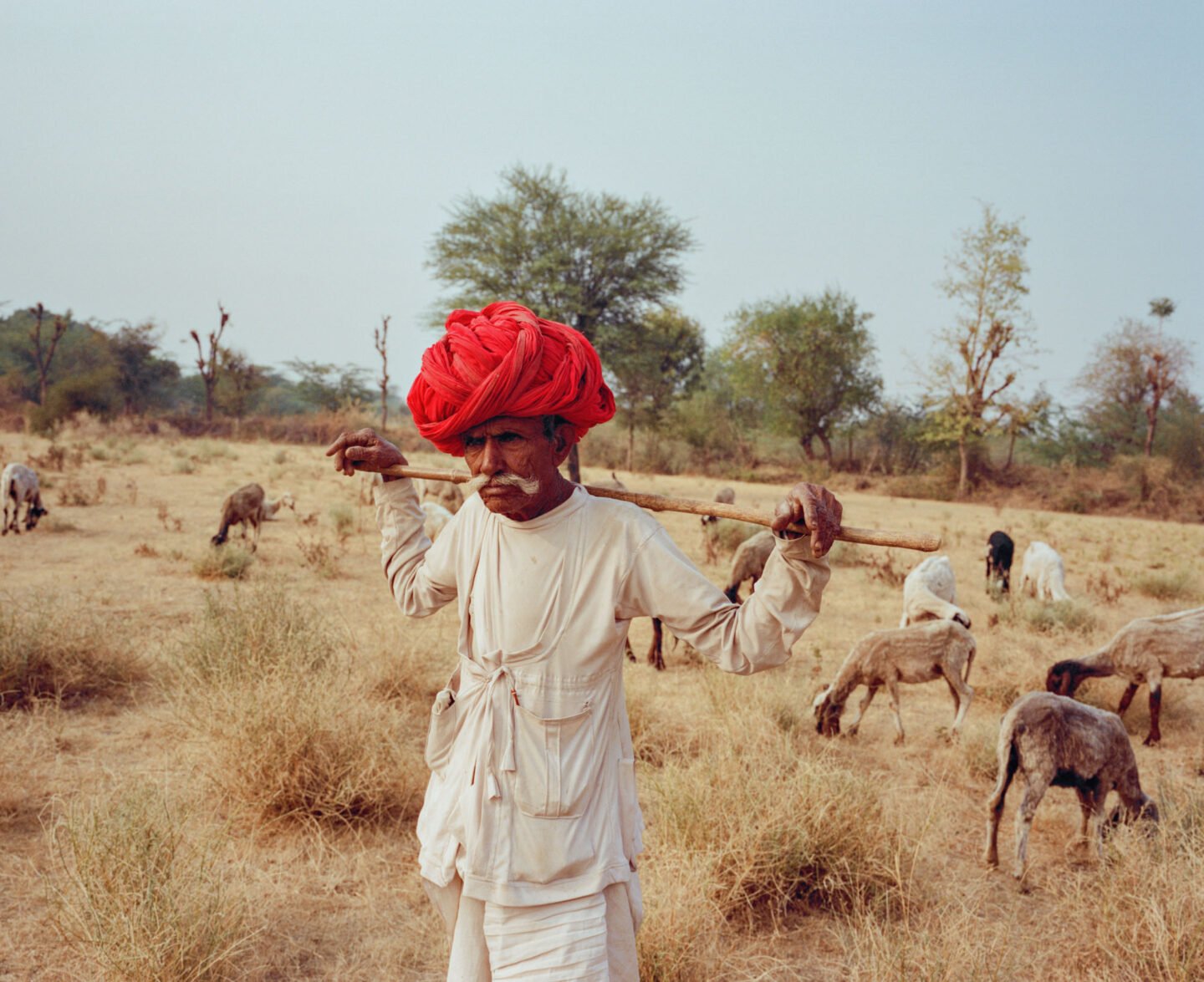
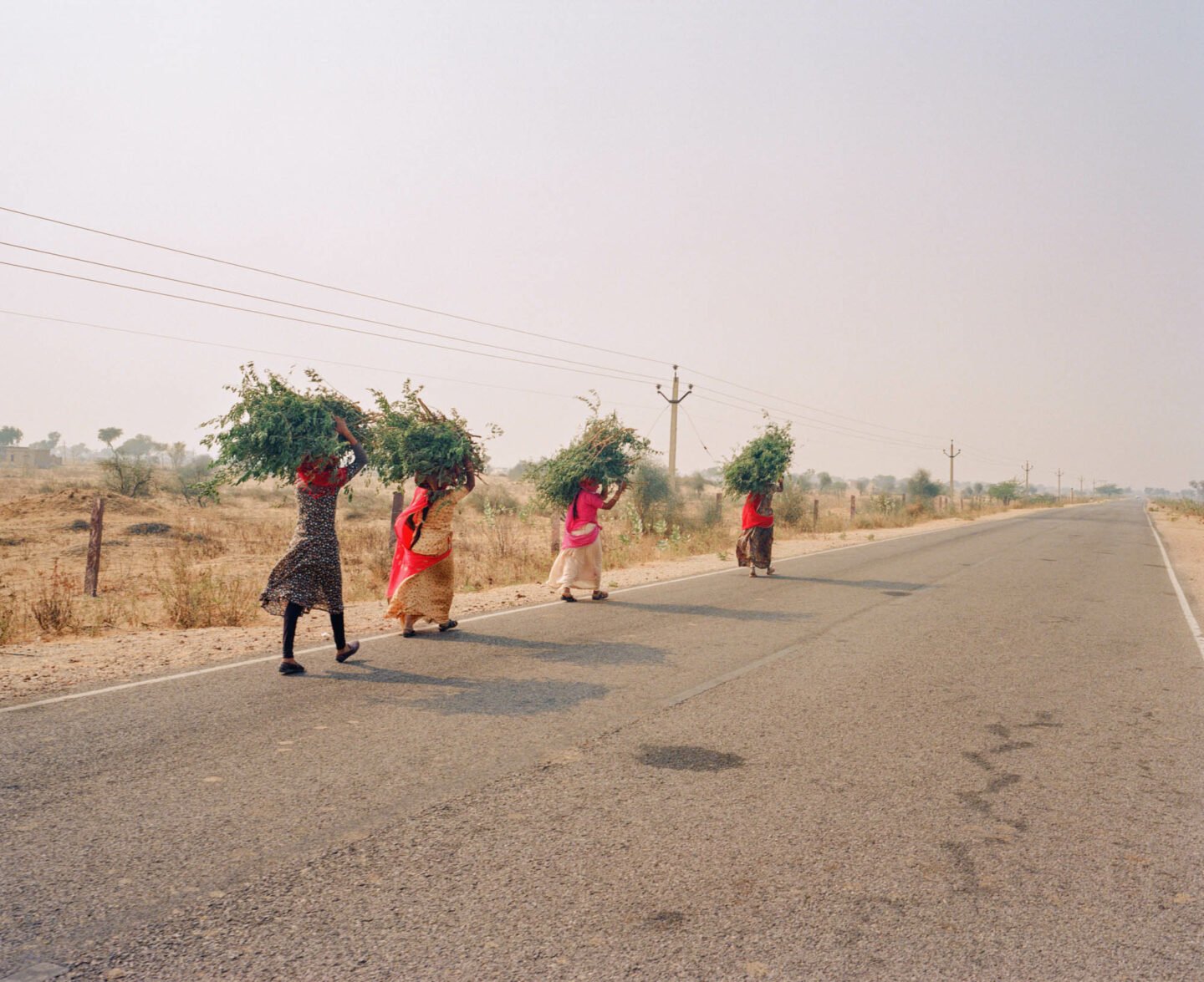
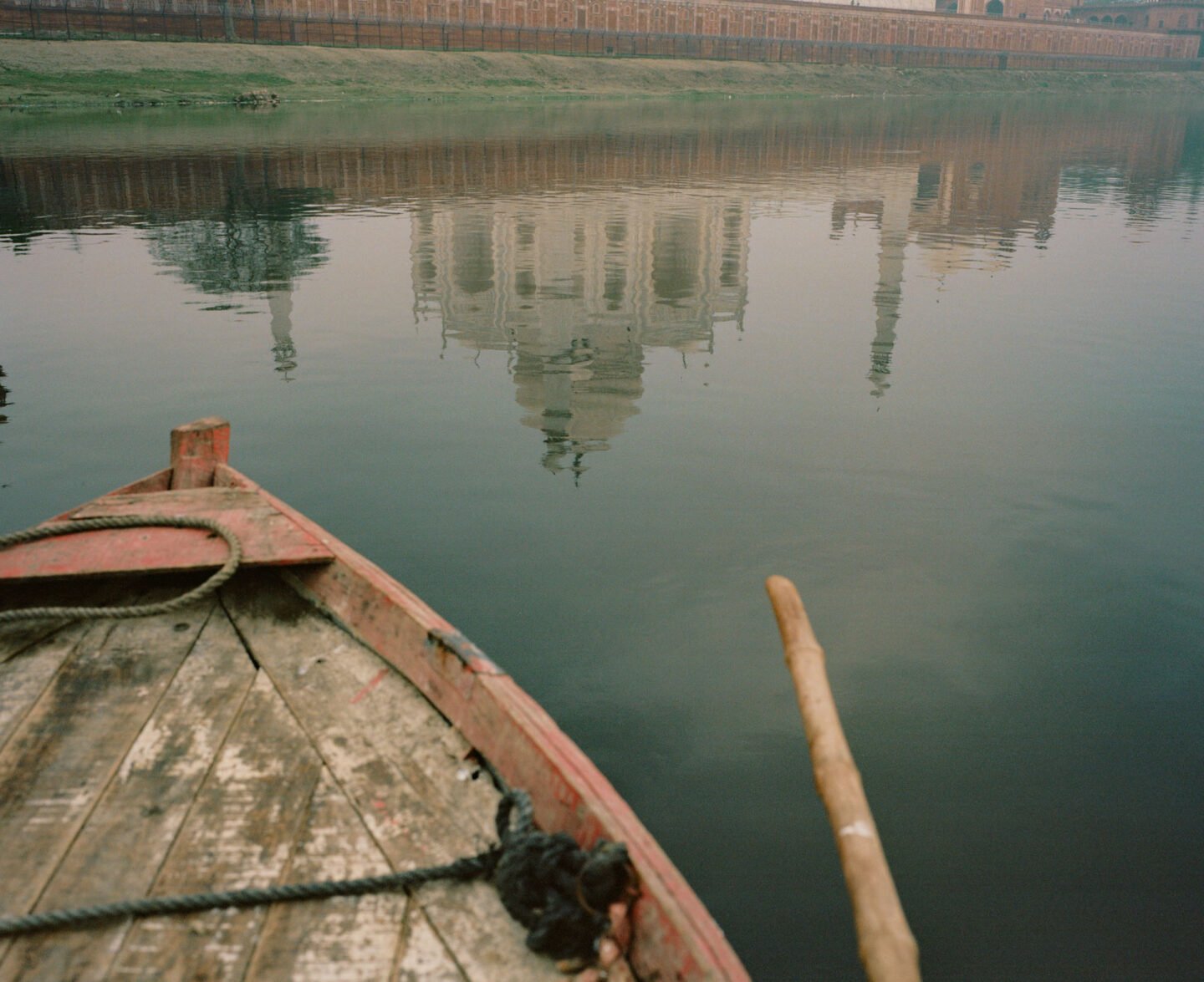
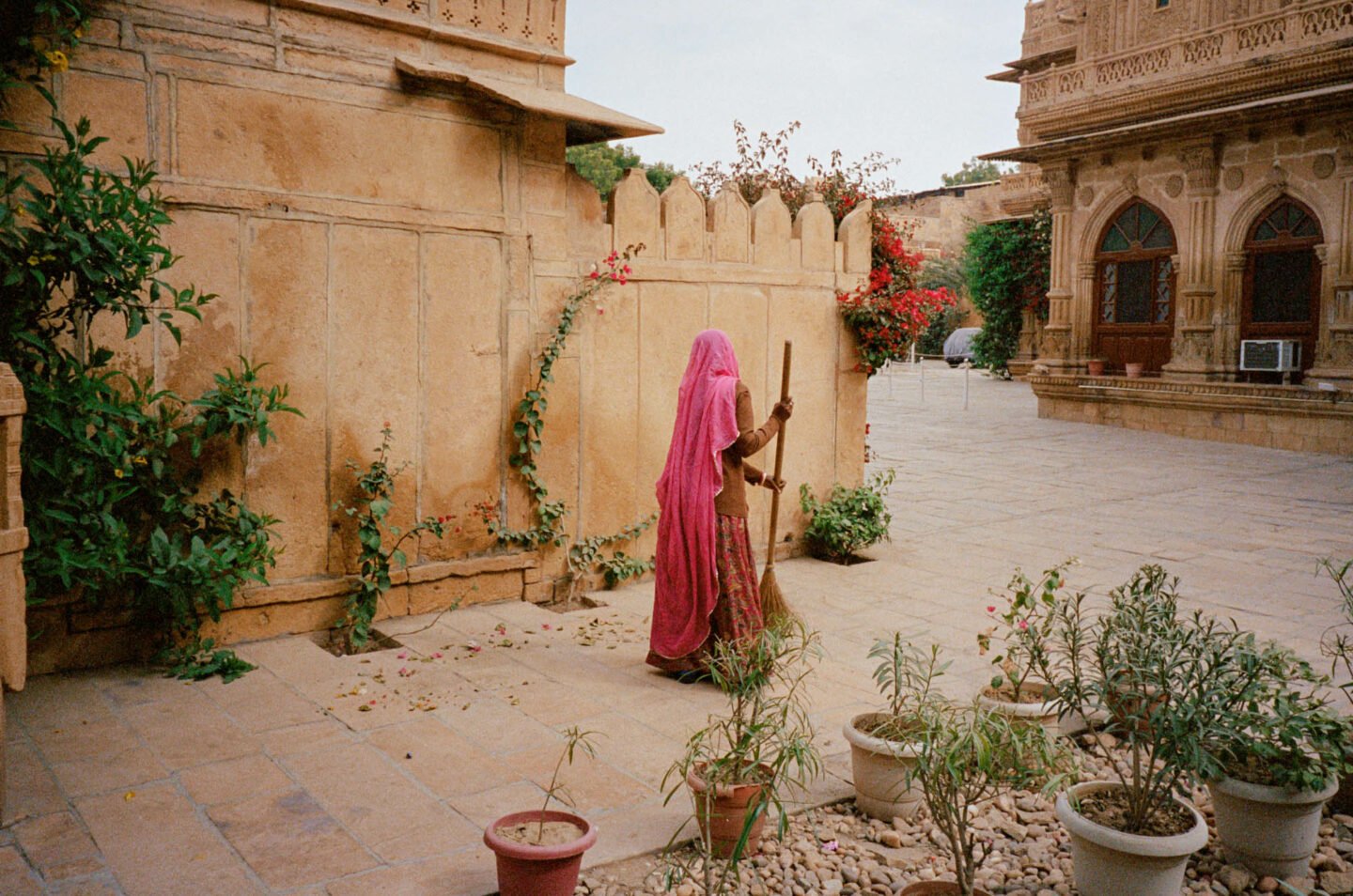
Of course, one positive side of our constant connectivity is the community it can facilitate, and I want to briefly hone in on Instagram, which you’ve been on since 2011 and through which you’ve built a vast and engaged audience. People’s comments on your images are often charged with emotion. It often seems like they’ve been moved to respond. How does this engagement feed back into your work?
No matter what number is next to your name on Instagram, people are following you for a reason. They want to see what you’re up to. They want to see your work. The last eleven, twelve years now, being on that app, no matter what that number has said, it kept me motivated to keep making photographs and to keep pushing. In my photographic career there’s never been a long stretch where I wasn’t possessed by this beautiful gift of being able to see life and to recognize the beauty in the mundane – the beauty of the unlikely – and to have the opportunity to document it.
I think early on, I knew I wanted to be very transparent with those that are following me share more behind the scenes and about my practice, about my life, about the I gear I use – though I’m not a gear person – a lot of people want to know: what camera, what lens, what strap, what film, what camera, how do you do this? How do you shoot your film? How do you edit your film? I try to be as educational as I can on those things, or how I travel, how I get clients to pay me to take photos, how I go about interactions on the streets, or how I make some portraits. It’s just something I’ve done since day one, and I’ve never thought about changing it.
"...it is the greatest feeling for a photographer to see your work in print, living in somebody’s home."
Changing channels, so to speak, photo book-making has become a fixture of your practice – from a love letter to NYC to your 2022-released memoir, “The Lay of the Land”. How does this process of curating and contextualizing your work on the page add another dimension to your practice?
Making photo books is the pinnacle. It is Mount Rushmore; it is the goal. It is the thing I care about the most in terms of where I see my work living. To make photo books of my work and for those books to live in people’s homes, to sit on people’s coffee tables, and to be on people’s bookshelves – it is the greatest feeling for a photographer to see your work in print, living in somebody’s home. That is it. I have grown the most in my career and learned the most by collecting photo books of photographers, studying the work of the greats, the modern greats.
I’m very proud of the photo book collection that I have built over the last eight years and that at any time when I’m having a cup of coffee or laying my son down for an hour nap, I can just go pick up a book and feel inspired that quickly. It’s so much better than logging on Instagram and just mindlessly scrolling trying to find one photo that kind of makes me feel something. The butterflies I get when I pick up a good book and I feel the texture of it – every time I turn that page and see all those components I look for: motion, movement, light, color.
When I see that in print of someone’s work that I have looked up to for years or somebody new that I just discovered, it is the greatest freakin’ feeling. If I can make a book and someone can experience that and the privacy of their own home and their friends can pick up that book – that’s it. That’s what I’m chasing. I look at photographers like Joel Meyerowitz or Steve McCurry, they’re well into their 70s and 80s now – and they’re 60, 50, 70 books into their career. My goodness, that is the dream. That’s the marathon.
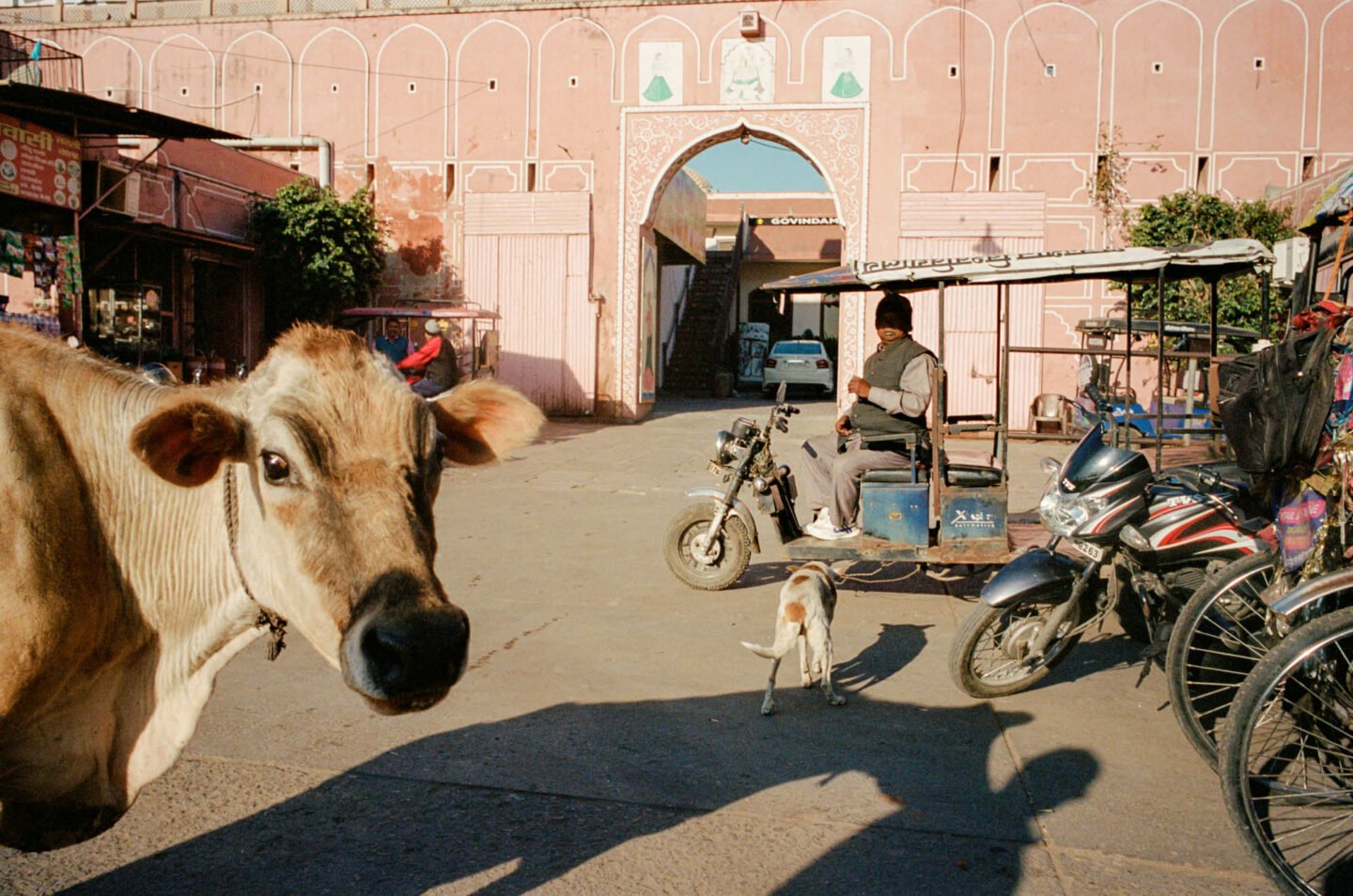
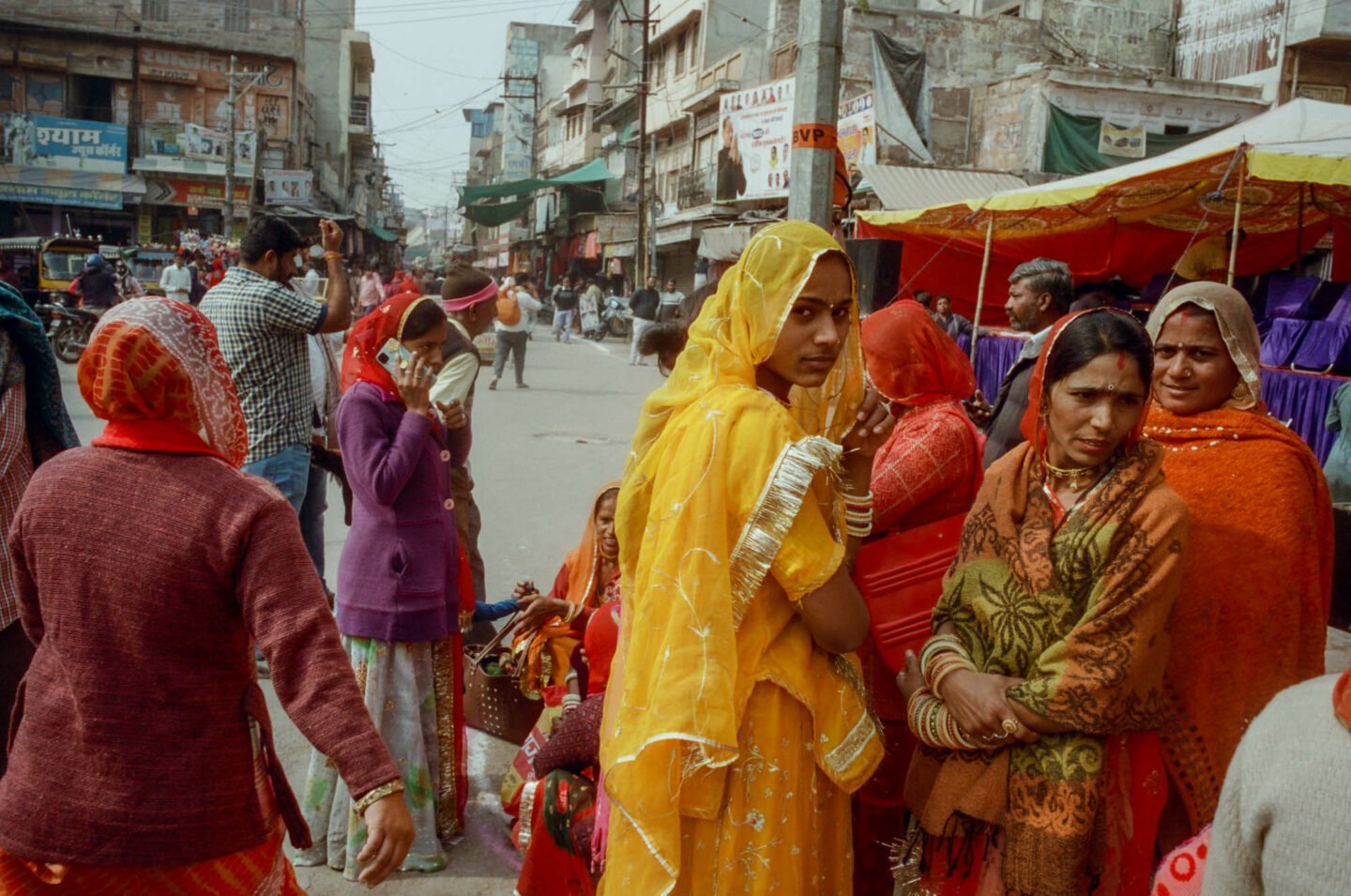
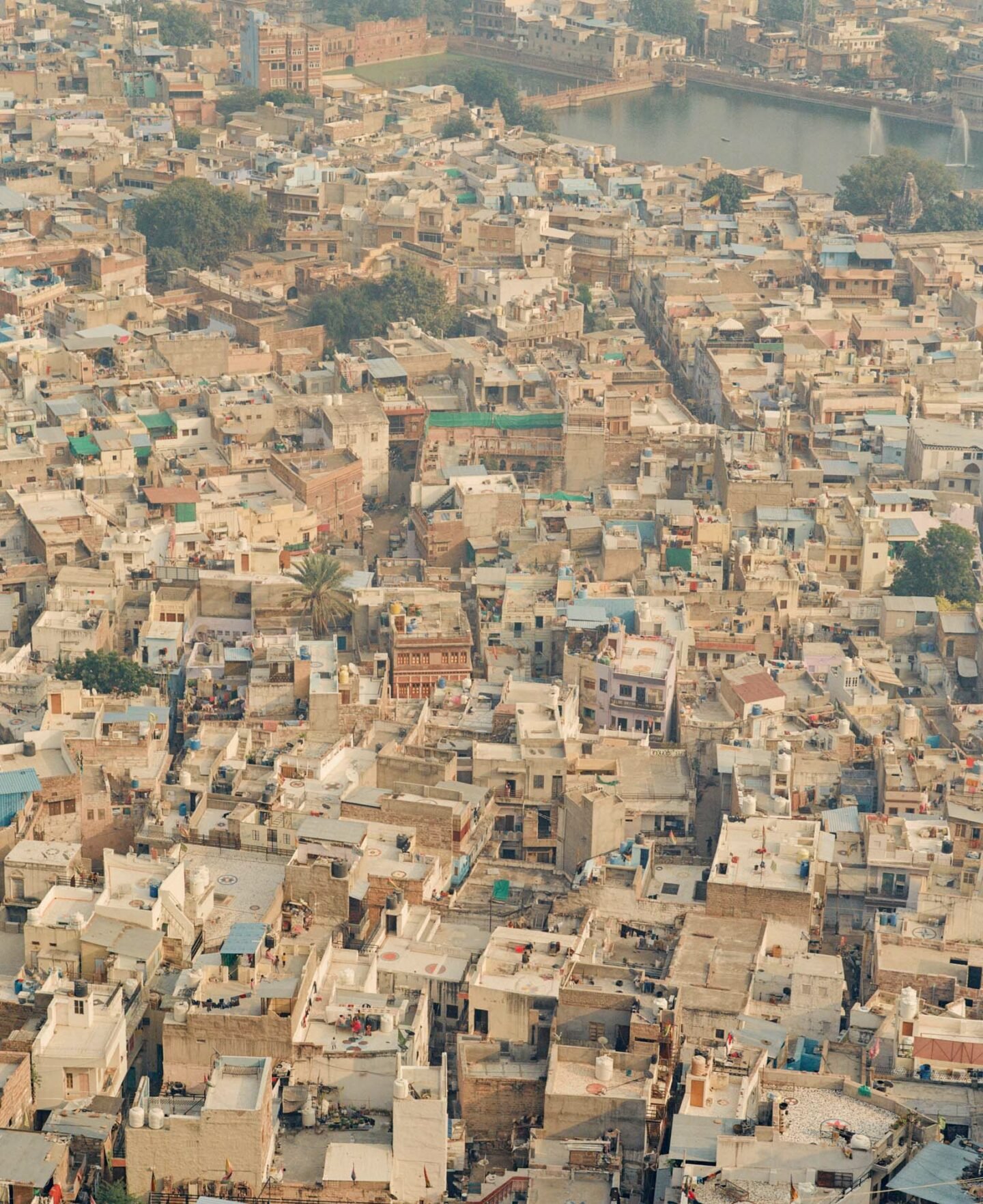
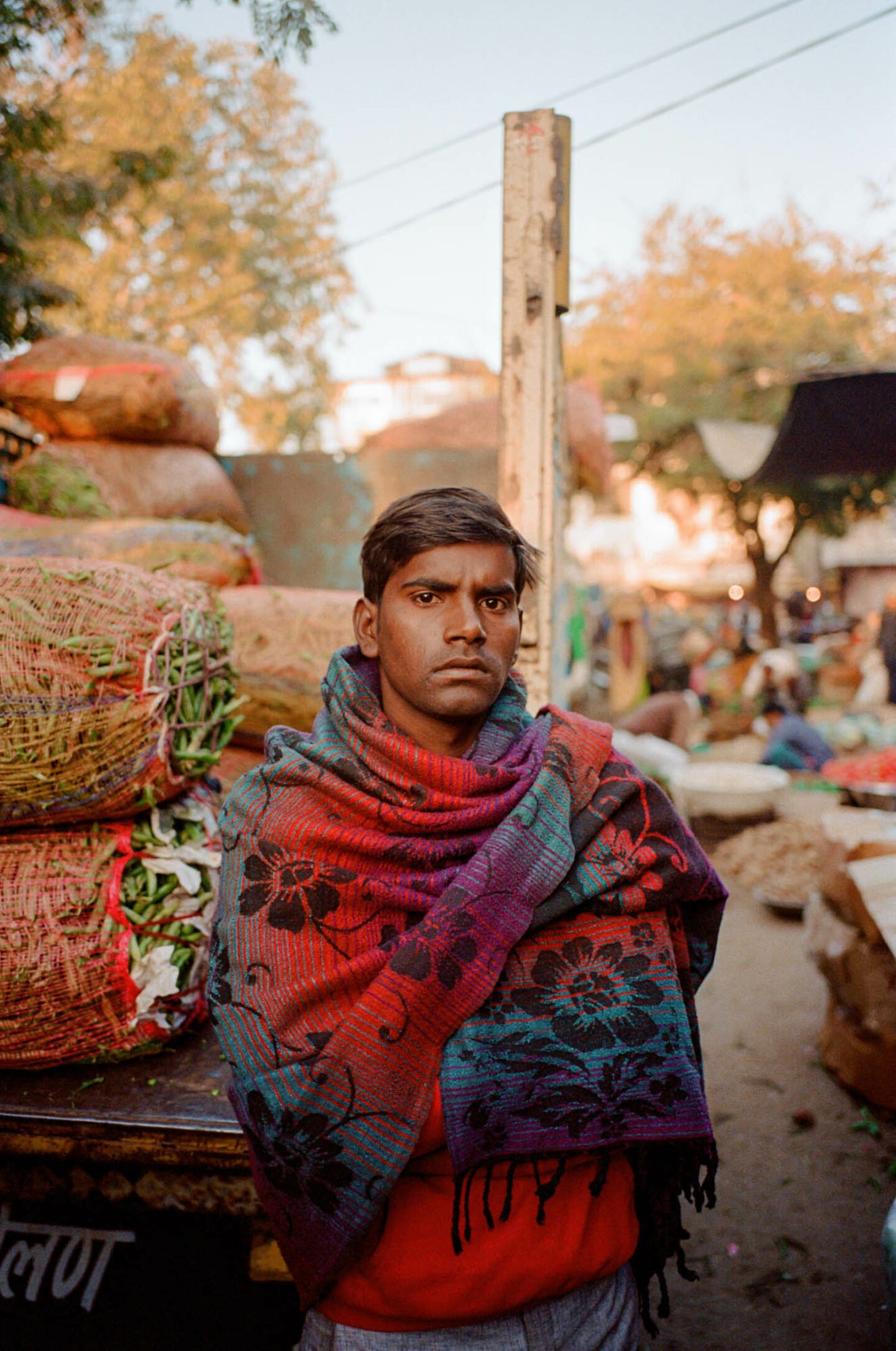
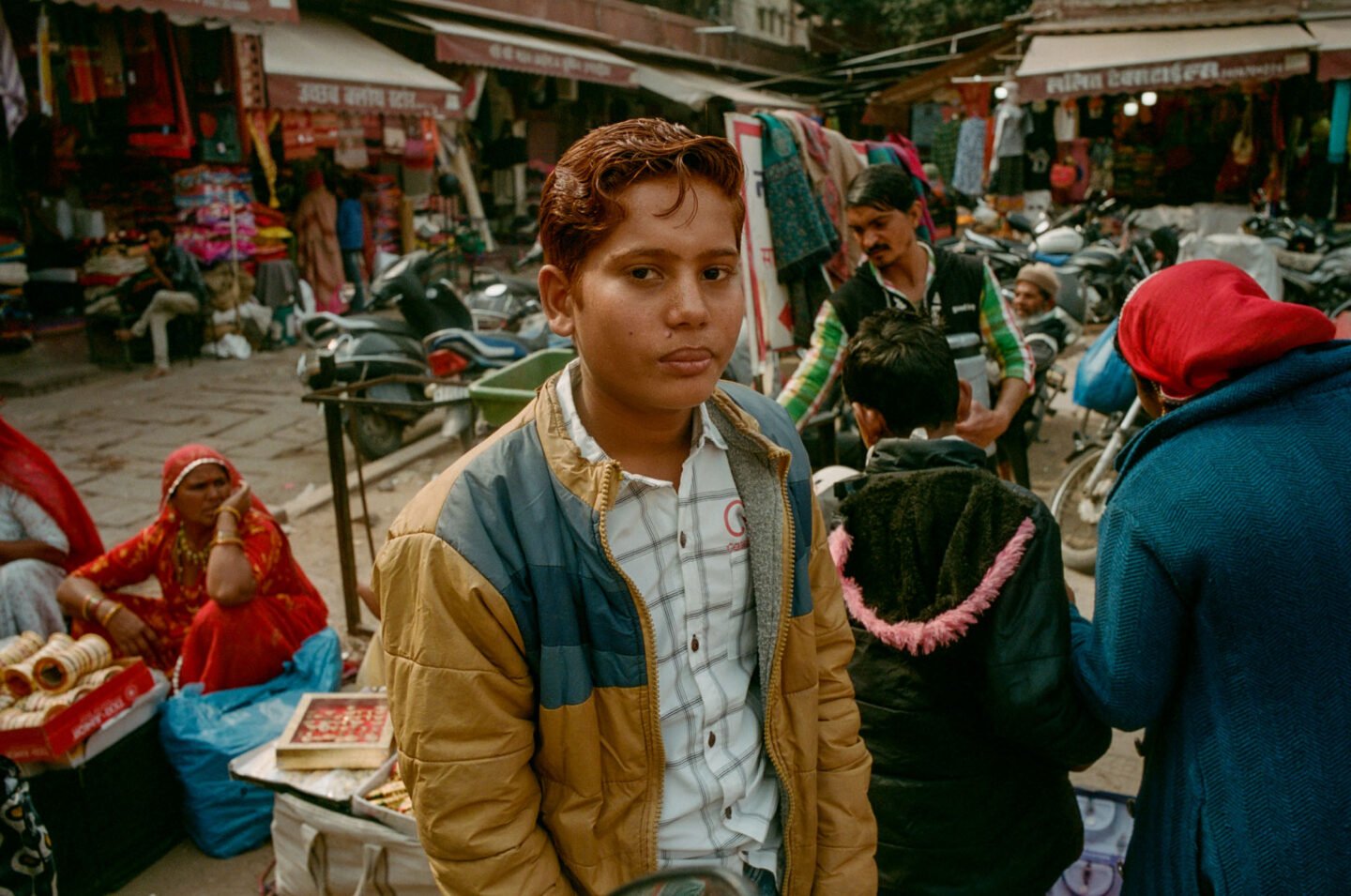
You’re currently working on a photo book dedicated to India, images from which accompany this interview in an exclusive preview. Can you tease some stories you want to tell through the book?
India is my favorite place on earth. If I could only choose one country outside of the United States to go to, it’d be India. It is so incredibly diverse in landscape, in language. There are 22 constitutionally recognized national languages. And that’s only constitutionally recognized. The cuisine is incredibly diverse, the people are incredibly diverse, the landscape is incredibly diverse. It is an incredibly rich and beautiful place, and it’s incredibly complicated. There are extreme highs and extreme lows, from the political landscape to the socio-economic landscape. It has completely captured my heart, my imagination. I have now built relationships with people there that I call friends. It’s a place I plan to go to for the rest of my life, ideally once a year, if I can make it happen.
I went in 2018 for the first time for a job and it just knocked me off my feet. I had never met some of the most incredibly kind and hospitable people I’ve ever met in my life, so hospitable with their space, with their belongings. I can’t tell you how many times I’ve been walking down a street with my camera, having a curious look on my face, curious body language, a curious eye, just hoping to encounter something special. People see me and they come out of their homes. There’s a massive language barrier there, but they invite me to their home and they want me to see a photo hanging on their wall of their grandfather. That’s not happening in the United States. It’s one of those very special places where there’s just no fear in that human connection. And that has been one of the things that has blown me away.
Even just [on my recent trip], there was a massive celebration in this house. From the street level, I was trying to look in and see what was going on. Then out of the door frame, the father of the house puts his head out, looks at me, points at me, and waves me in. I go in. He speaks English. It was his daughter’s wedding celebration. She was getting married in three days. And in India, wedding celebrations last a week. This is a big frickin’ party, and he wanted me to meet his daughter, to take photos and meet his family. They brought me chai tea, they brought me desserts, we engaged, we talked.
“In Western culture, we hold all of our things – our possessions and our community – so tightly that we don't know how to open up; how to let people in.”
It was just this surreal experience of me just walking down the street, hearing something special happening, and I was curious. I wanted to partake and I wanted to see what was going on. The hospitality to just invite me into a very intimate, memorable moment in a family’s life – they wanted a complete stranger who speaks a totally different language from a totally different part of the world to partake in this celebration. That just taught me so much about how much longer I have to go on being more hospitable to my neighbors, to strangers that I encounter. In Western culture, we hold all of our things – our possessions and our community – so tightly that we don’t know how to open up; how to let people in.
That has been one of my favorite things about India – how open the people are to complete strangers that look, talk and feel different from them. India has my heart, and I cannot wait to continue to go back and to give back to this beautiful country and the people there. I’m very excited about this body of work. After this trip [in January 2023], it felt like it was time. Not that the chapter was closing. This is maybe just volume one of many.
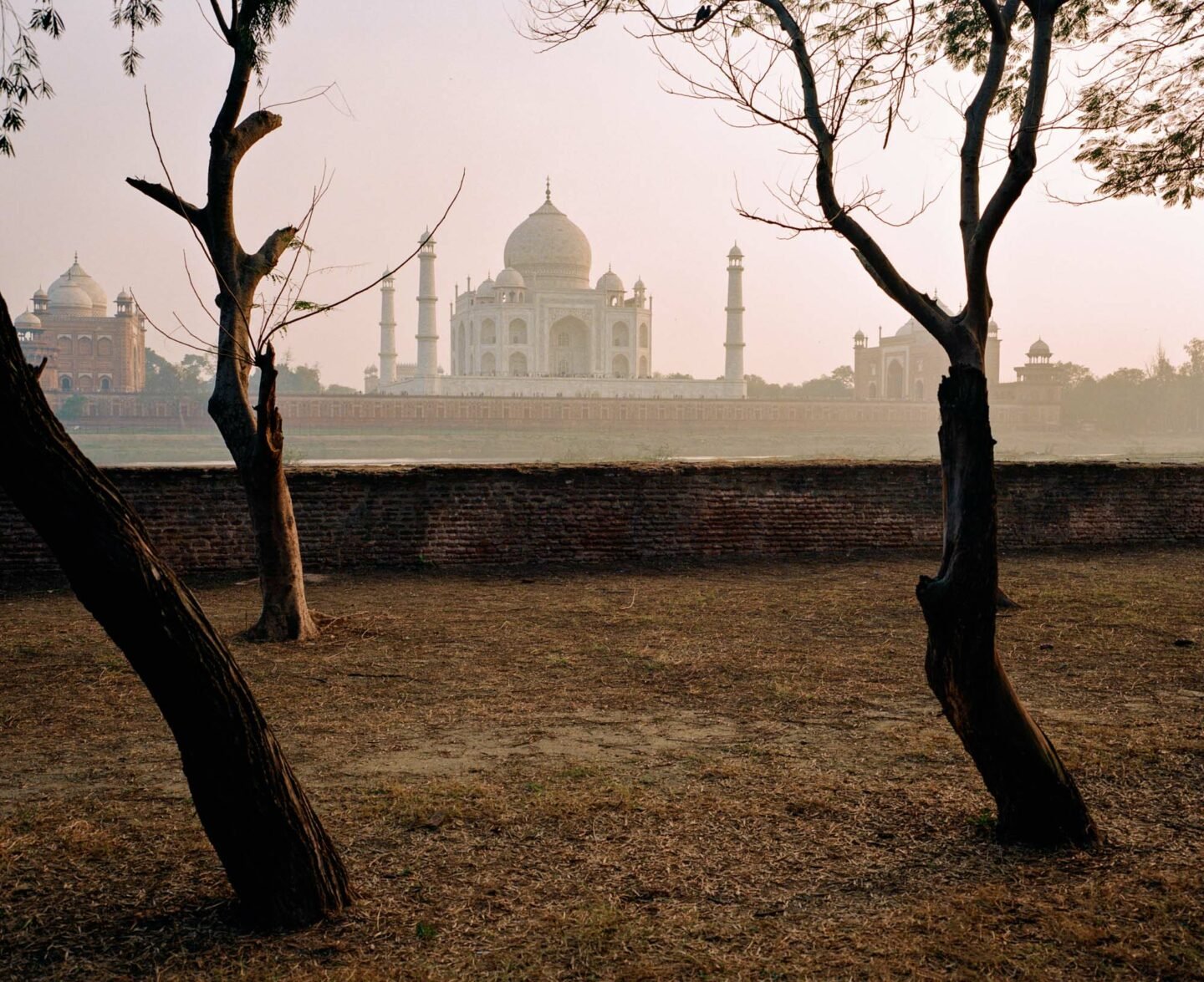
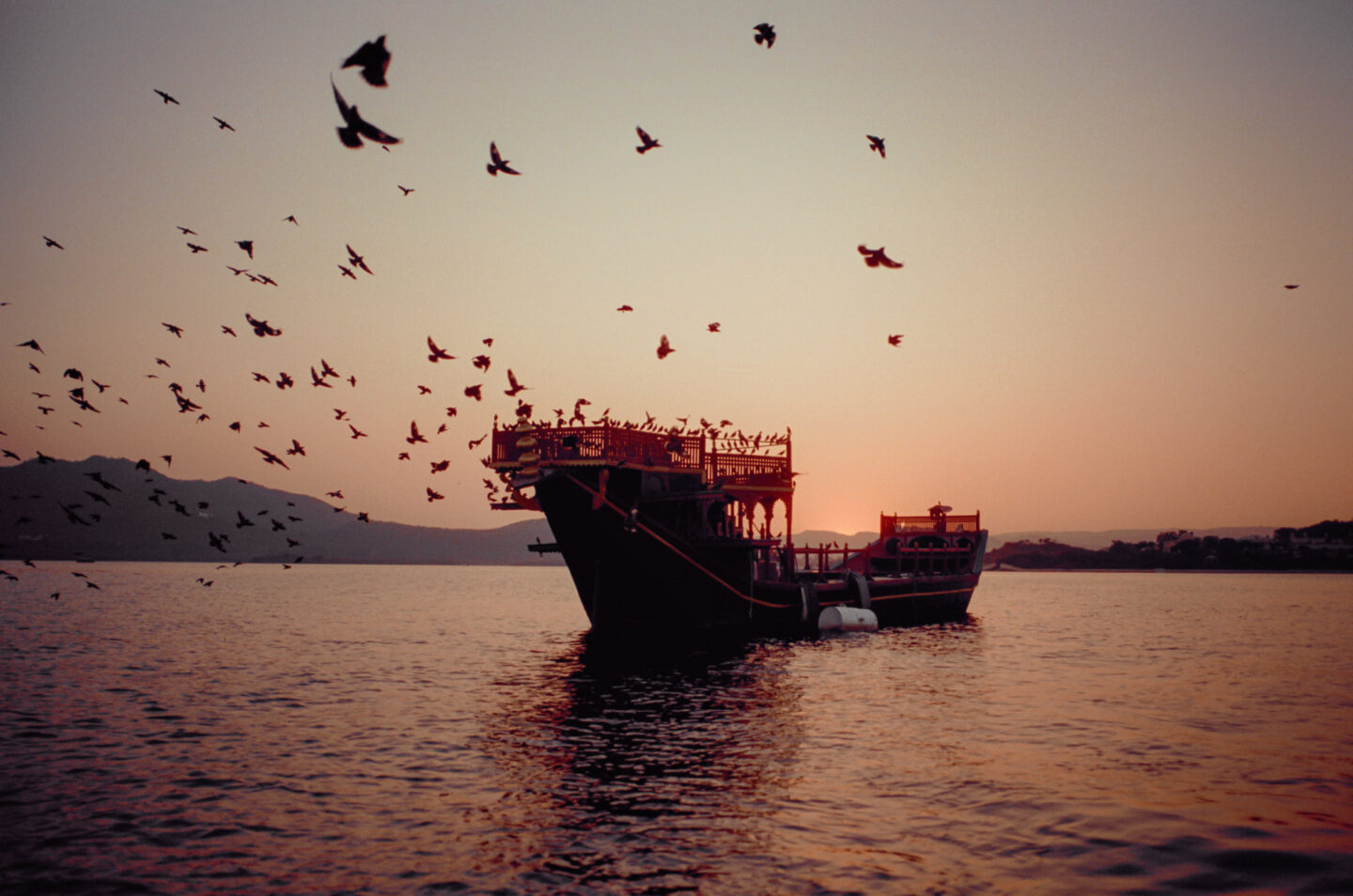
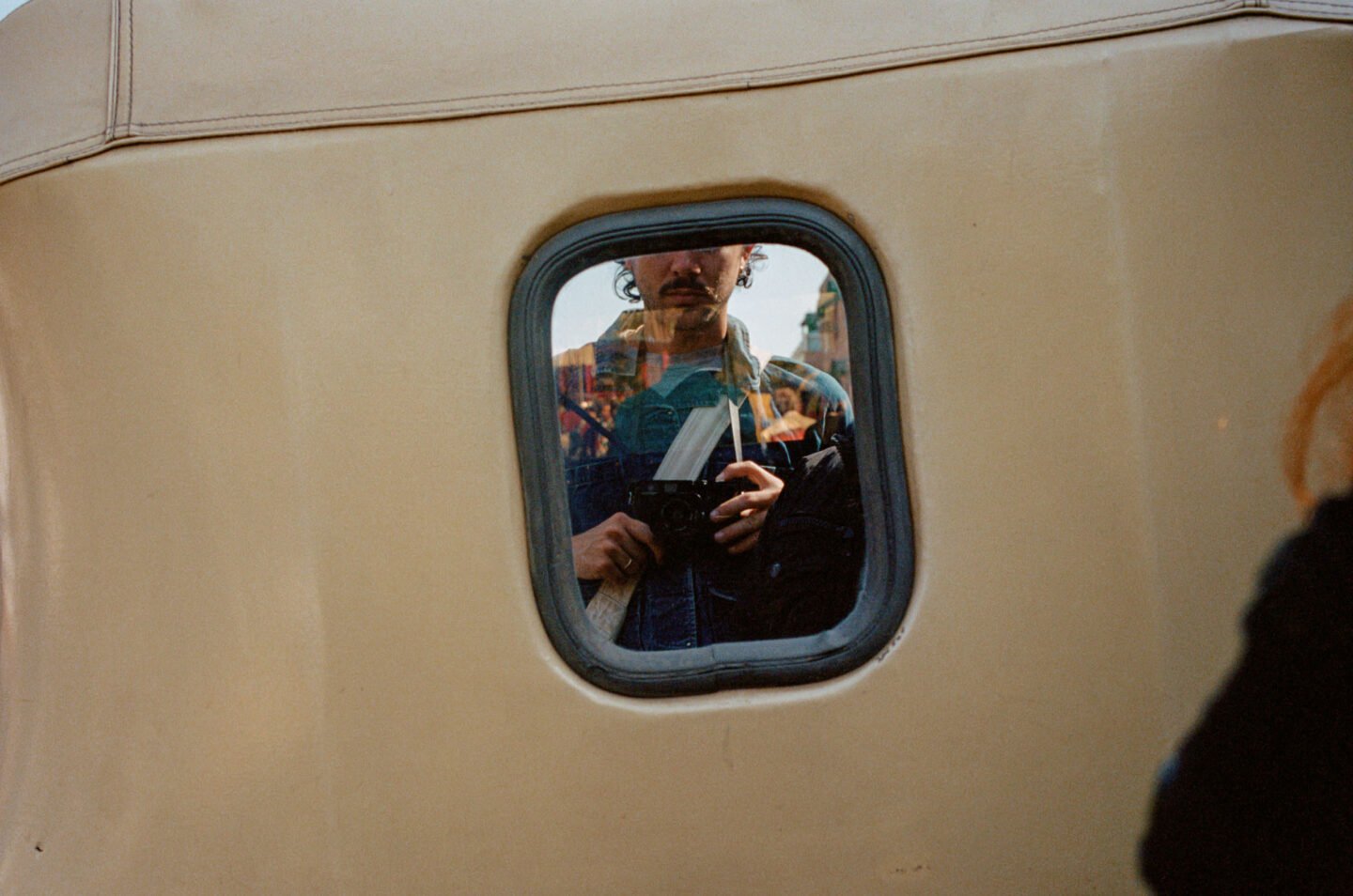
Joe Greer’s forthcoming, yet-untitled photo book on India is anticipated for release in late 2023. Self-published in a limited-edition print run, it will feature photographs from three trips he took there in 2018, 2019 and 2023, tracing the evolution of both the country and his photographic style over that six-year period. Greer’s trips to the country have been in close association with Indian curator and writer Dheeraj Reddy, who will be penning the foreword to the book. Ten percent of the proceeds of every book sold will be donated to a non-profit that works towards child education in India. Sign up to the pre-release waitlist at ioe.photography.
Images © Joe Greer | Text: Anna Dorothea Ker
